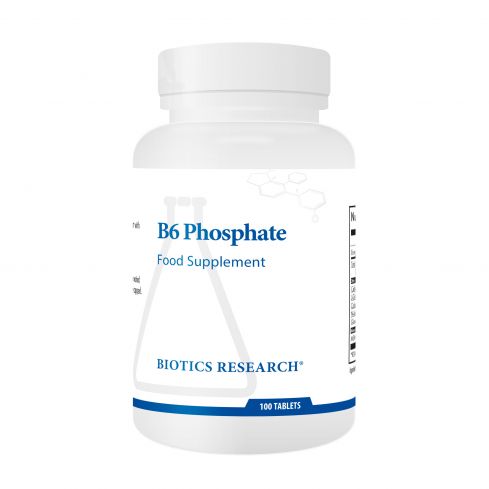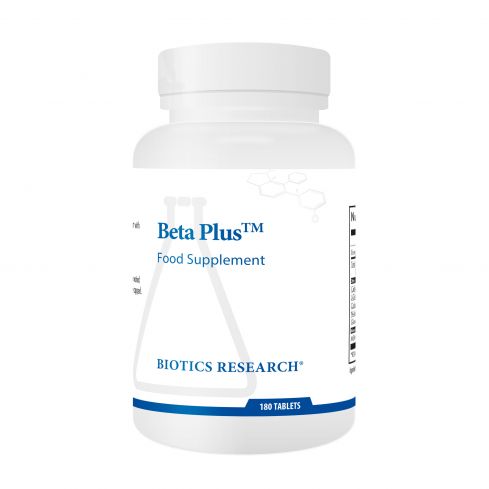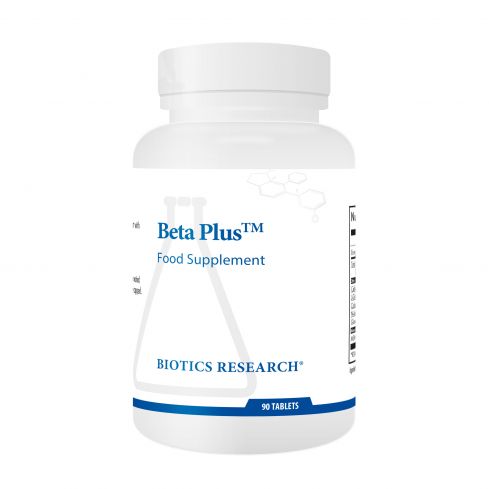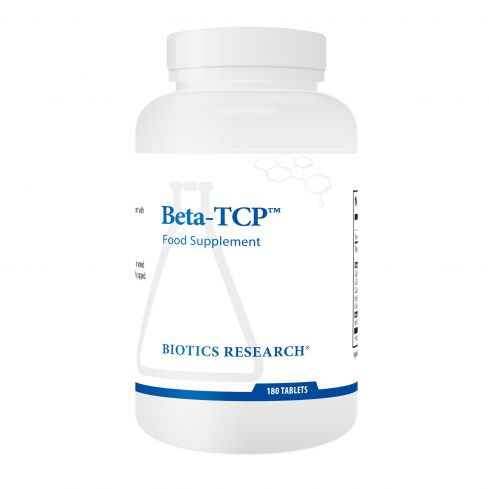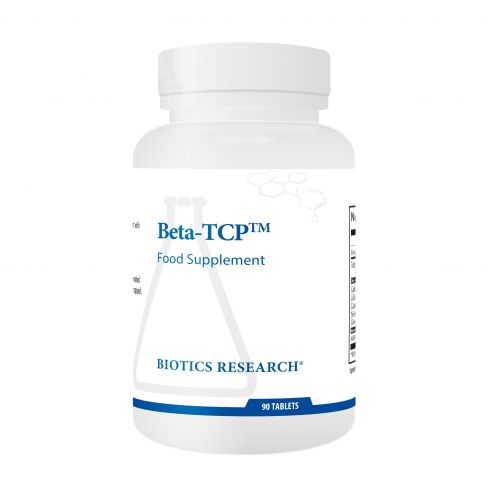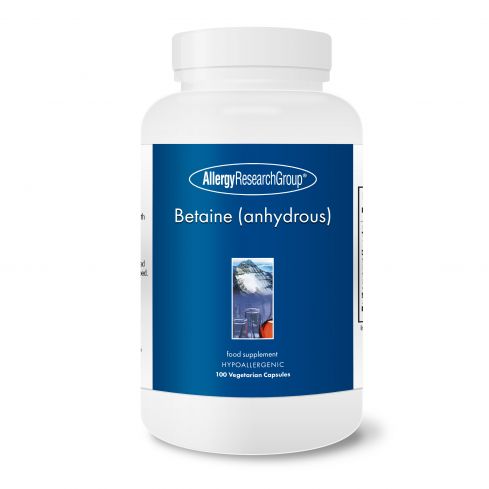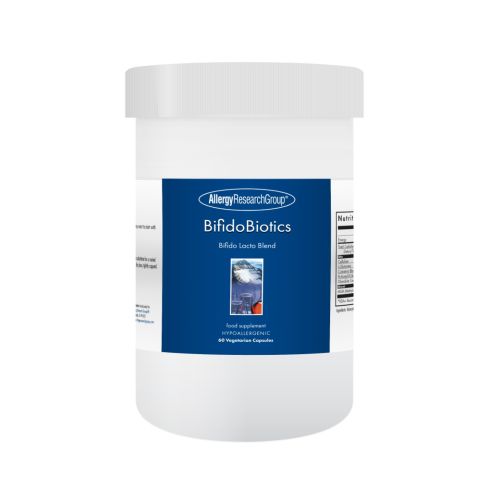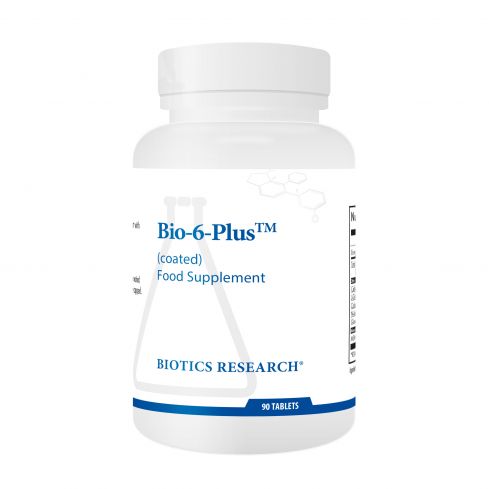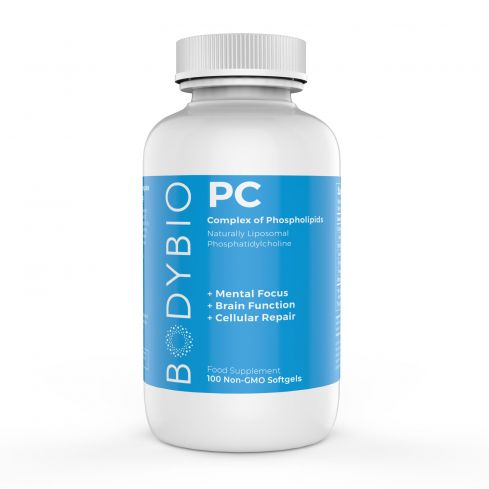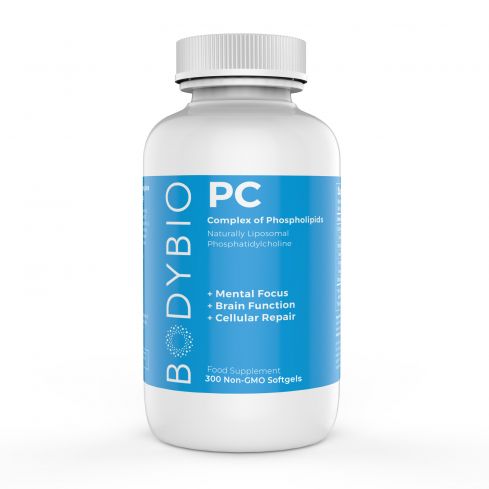- Home
- Products
- Conditions
- Liver/Gall Bladder Support
Liver/Gall Bladder Support
The liver is the largest organ in the human body and it situated in the right upper quarter of the abdominal cavity just under the right lower ribs. It extends from the right nipple to the costal margin (the lower border of the rib cage). A large part of the liver is protected by the right lower ribs.
Approximately a quarter of the blood of the body flows through the liver every minute. Like all other major organs in the body the liver receives a direct arterial blood supply via the hepatic artery. However, in addition the liver has a second (dual) venous blood supply in that the blood that leaves the intestines (bowels) also flows through the portal vein and into the liver. All the blood entering the liver is collected up and eventually leaves the substance of the liver through three great veins.
The liver has a major role in dealing with the nutrient products of food digestion. It deals with drugs and other toxins absorbed via the intestines. It is involved in recycling red blood cells by breaking these down and one of the by products of this process is bile which plays a role in the digestion of fats. It produces essential proteins, clotting factors for the blood and it regulates cholesterol metabolism.
The liver is metabolically very active but despite this it is a remarkably resilient organ and the human body can withstand the loss of up to two thirds of the normal liver without the development of liver insufficiency.
- The liver is the largest internal organ. It filters the blood from the digestive system, metabolising toxins and monitoring nutrients such as glucose and cholesterol.
- Liver disease often develops over years, without obvious symptoms. Many people are diagnosed with liver disease after abnormalities are detected during routine blood tests.
- Cirrhosis occurs when the liver is inflamed and scar tissue forms. It is irreversible; thus prevention of liver disease is the ideal. Cirrhosis can be caused by alcohol consumption, hepatitis, right-sided heart failure, and other conditions.
- Antioxidants, which neutralise the toxins processed by the liver, are an important element in liver health.
- Treatment of liver disease is limited because many drugs are metabolised by the liver; thus only a few drugs, including corticosteroids, which have significant side effects, are used routinely to treat liver disease.
Liver Detoxification
The liver has three main detoxification pathways:
- Filtering of the blood to remove large toxins;
- breaking down enzymatically unwanted chemicals, which usually occurs in two steps: Phase I modifies the chemicals to make them an easier target for the Phase II enzyme systems;
- synthesising and secreting bile for excretion of fat-soluble toxins and cholesterol.
Filtering of the blood is one of the liver’s primary functions. Approximately two quarts of blood pass through the liver every minute to be detoxified. This is critical, as the blood is loaded with bacteria, endotoxins and antigen-antibody complexes and various other toxic substances from the intestines. A healthy liver clears almost 100% of the bacteria and toxins from the blood before it joins the general circulation.
The liver’s second main role in detoxification involves an enzymatic process in two steps for the neutralisation of unwanted chemical compounds, such as drugs, pesticides and enterotoxins from the intestines. Even normal body compounds such as hormones get eliminated this way. Phase I enzymes directly neutralise some of these chemicals, but many others are converted to intermediate forms that are then processed by phase II enzymes. These intermediate forms are often much more chemically active and therefore more toxic than the original substance, so if the Phase II detoxification systems aren’t working adequately, these intermediates linger and cause damage.
Phase I detoxification involves a group of 50 to 100 enzymes called the cytochrome P450 system. These enzymes play a central role in the detoxification of both exogenous (such as drugs and pesticides) and endogenous (such as hormones) compounds and in the synthesis of steroid hormones and bile acids.
A side effect of this metabolic activity is the production of free radicals, which are highly reactive molecules that will bind to cellular components and cause damage. The most important antioxidant for neutralising these free radicals is glutathione, which is needed both for Phase I and Phase II. When exposure to high levels of toxin produce so many free radicals from Phase I detoxification that all the glutathione is used up, Phase II processes dependent on glutathione stop. This causes an imbalance between Phase I and Phase II activity, which results in severe toxic reactions, due to buildup of toxic intermediate forms.
Phase II detoxification involves conjugation, which means that a protective compound becomes bound to the toxin. Besides glutathione conjugation there are essentially six other pathways: amino acid conjugation, methylation, sulphation, sulphoxidation, acetylation and glucuronidation. These enzyme systems need nutrients and metabolic energy in order to work. If the liver cells are not functioning properly, phase II detoxification slows down and increases the toxic load by allowing the buildup of toxic intermediates.
The third major role of the liver is synthesis and secretion of bile. The liver manufactures approximately one quart of bile every day, which serves as a carrier for toxic substances to be effectively eliminated from the body. In addition, the bile emulsifies fats and fat-soluble vitamins in the intestine, improving their absorption. When the excretion of bile is inhibited (cholestasis), toxins stay in the liver longer with damaging effects. Bile acids are also understood to be important signalling molecules for other essential events in human physiology.
Cholestasis has several causes, one of which is obstruction of the bile ducts by the presence of gallstones. Bile flow can also be impaired within the liver itself. By far the most important cause of cholestasis and impaired liver function is the consumption of alcohol. Other common causes are viral hepatitis and side effects from various drugs, particularly steroidal hormones including oestrogen and oral contraceptives.
These conditions often cause alterations of liver function tests indicating cellular damage. In the initial stages of liver dysfunction, however, standard tests (serum bilirubin, alkaline phosphatase, SGOT, LDH, GGTP, etc.) are usually not sensitive enough to be of value. The measurement of serum bile acids, on the other hand, has proven to be a safe and sensitive test to determine the functional capacity of the liver.
Symptoms that may indicate reduced liver function are general malaise, fatigue and digestive disturbances including constipation, allergies and chemical sensitivities. Generalised pruritus, and nausea and vomiting during pregnancy can also be a result of impaired hepatofunction.
Both groups of enzymes in Phase I and Phase II are reliant on vitamins, minerals or amino acids to function, hence the importance of adequate nutrition to support liver detoxification.
How can supplements support liver repair?
Our Liver and Gall Bladder Support category is designed to provide you with the best selection of liver supplements, vitamins for liver repair, and liver boosting supplements available on the market. Whether you're looking for liver repair supplements, liver enzymes supplements, or supplements good for liver health, we have everything you need to keep your liver functioning at its best.
One of the most common issues people face when it comes to liver health is the accumulation of toxins in the liver. This can lead to a range of symptoms, including fatigue, bloating, and digestive problems. To help combat this issue, we offer a variety of liver detox supplements that can help flush out toxins and support the liver's natural detoxification process. Another common issue that people face is liver damage caused by alcohol consumption or other factors. To help repair and protect your liver, we offer a range of liver repair supplements that contain key vitamins and nutrients that can help support liver function and promote liver cell regeneration.
If you're looking for the best liver supplements on the market, look no further than Nutri-Link. Our liver and gall bladder support category has everything you need to keep your liver functioning at its best. So why wait? Shop now and start enjoying the benefits of a healthy liver today.
- 38 items
- 3 items
- 14 items
- 17 items
- 6 items
- 4 items
- 24 items
- 9 items
- 8 items
- 21 items
- 20 items
- 31 items
- 5 items
- 5 items
- 22 items
- 14 items
- 5 items
- 30 items
- 6 items
- 5 items





